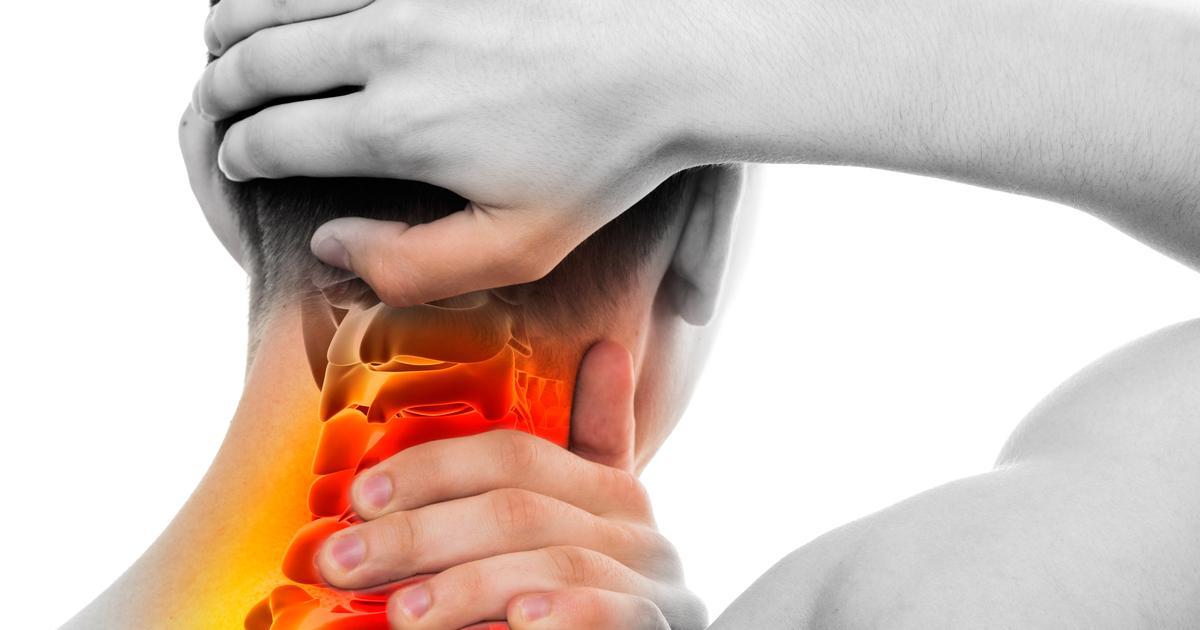Serious Symptoms Of A Subarachnoid Hemorrhage
Neck Stiffness

Neck stiffness might occur alongside or immediately following the thunderclap headache. It's unlikely that neck stiffness without an accompanying headache is an indicator of bleeding in the brain. There are dozens of potential causes of stiffness in the neck, many of which are commonplace. Meanwhile, only about thirty thousand subarachnoid hemorrhage cases are reported in the United States every year, which means only ten out of every 100,000 individuals experience them. Stiffness in the neck usually feels like soreness, and it might become worse when individuals move their neck or turn their head from side to side. The most common cause of neck stiffness is muscle strain or fatigue. Individuals can easily strain their muscles by sleeping on their neck wrong or accidentally moving the wrong way. Sometimes neck stiffness will be accompanied by a persistent, low-level headache when the muscles in the upper back or back of the neck are affected, though unless it's a thunderclap headache, it's not likely a subarachnoid hemorrhage.
Learn more about the warning signs of a subarachnoid hemorrhage now.